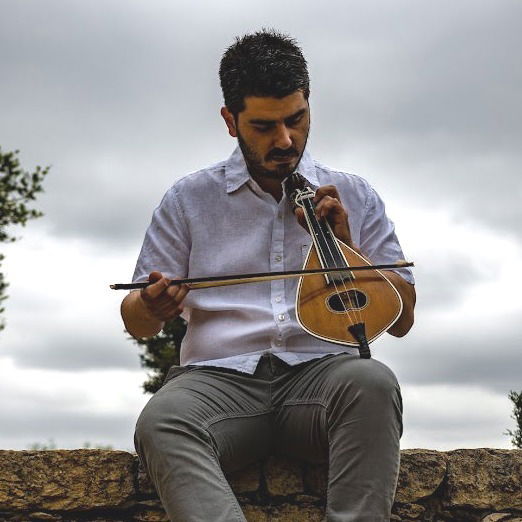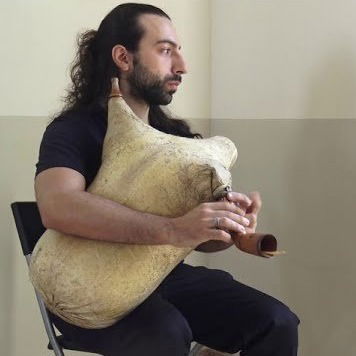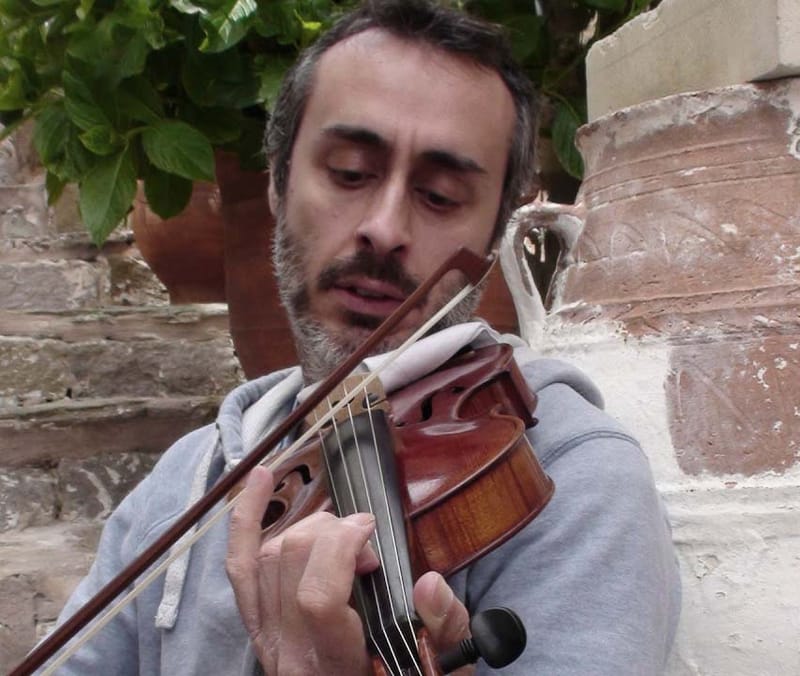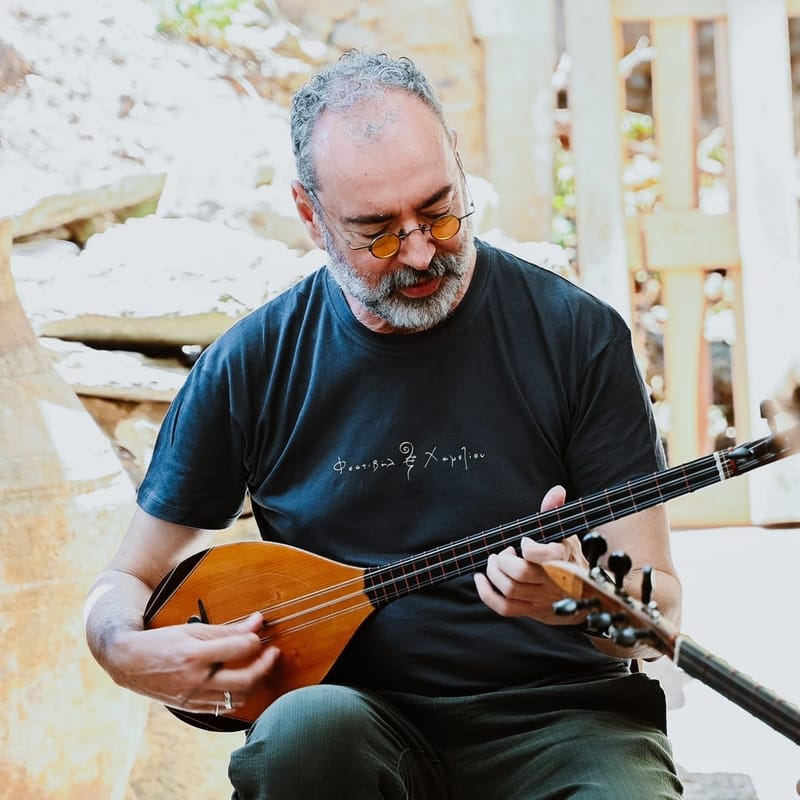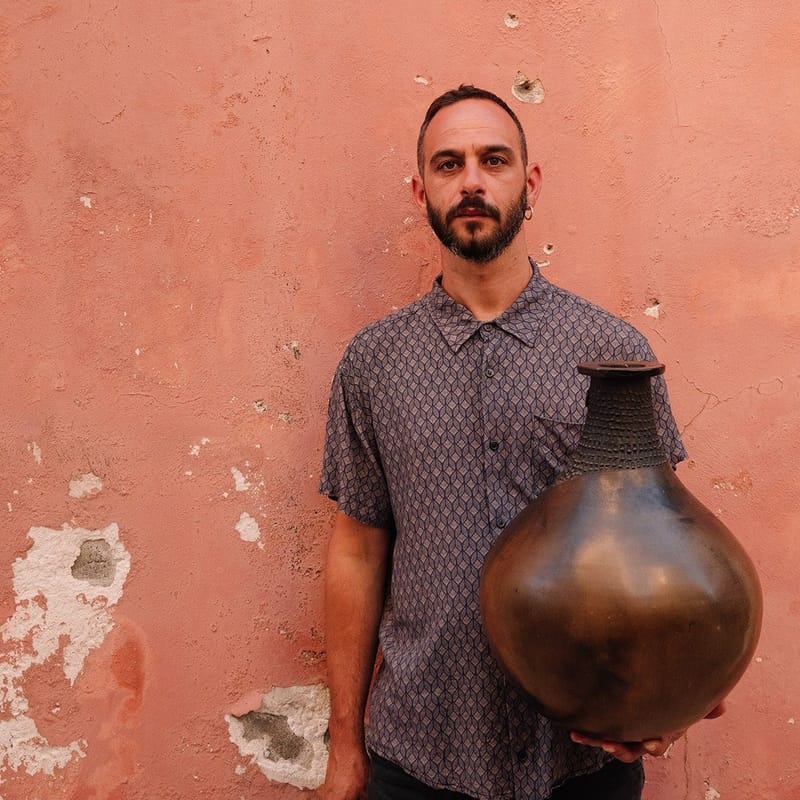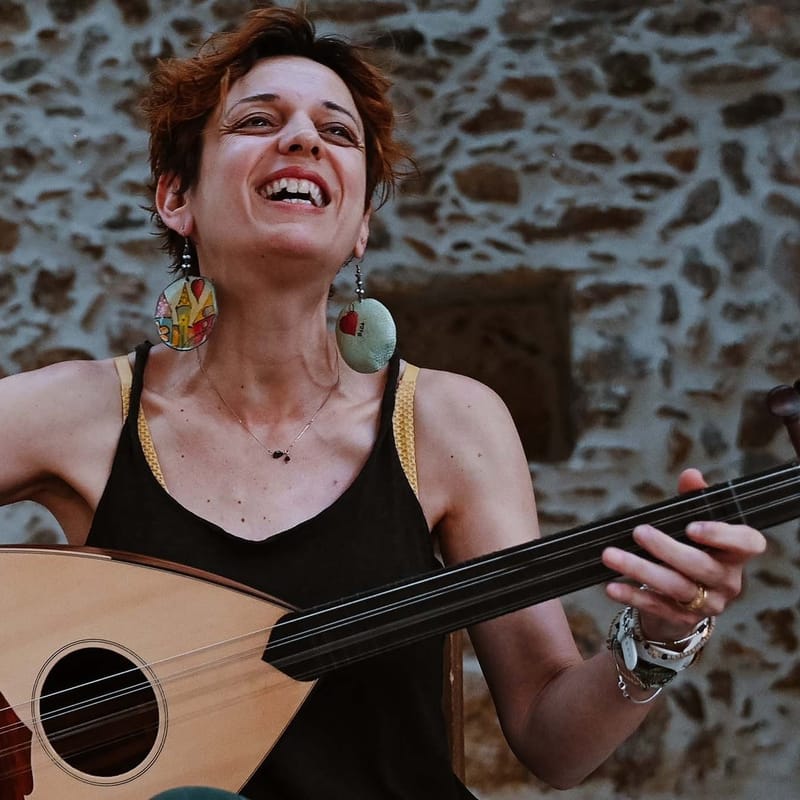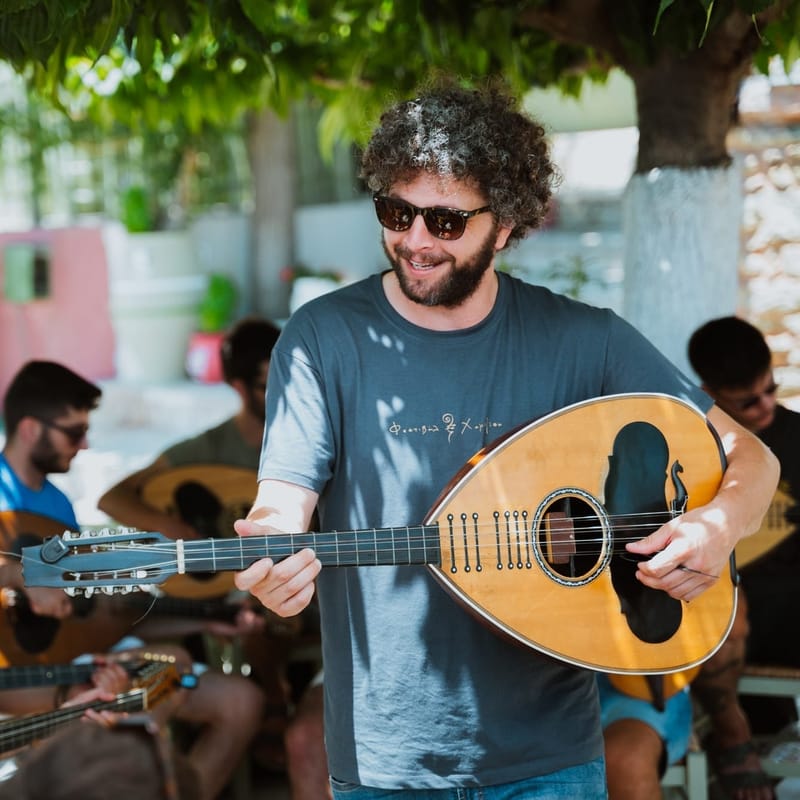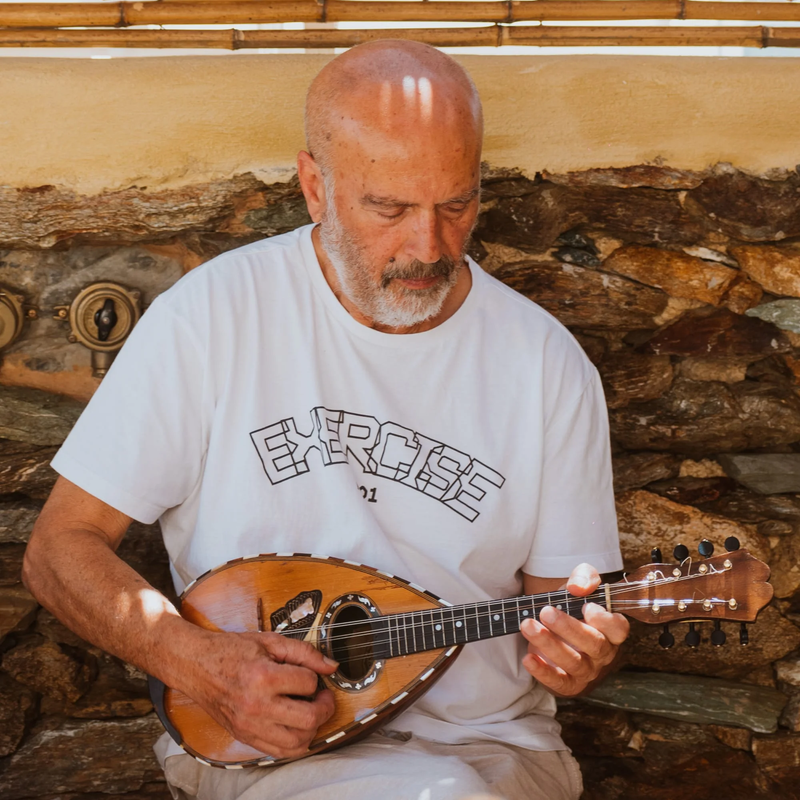MUSIC SEMINARS
In the seminar, we will study tunes by "Galianos" (Lefteris Manasakis from Galia), "Lyratzakis" (Kostis Papadakis from Mesochori), as well as repertoire that was played in gatherings and celebrations by lyra players of the region. It is open to all instruments. The interactive nature of the class, both in its theoretical and practical parts, will include listening and approaching, as closely as possible, the style of the lyras. The purpose of the seminar is to guide the student in how to study the above repertoire, so that this study may later serve as the foundation for their individual approach to Cretan music.
The seminar will focus on the study of improvisation. It will also explore the musical tradition of Eastern Crete, its relationship with the wind instruments of the Dodecanese (Tsambouna and Souravli), and the transfer of melodies from other instruments while maintaining the distinctive characteristics of the wind instruments. Sheet music in western notation will be provided.
The "kontylies" (a type of Cretan traditional instrumental melody) have been cultivated for centuries in the villages of Sitia, giving rise to exceptional musical themes. It is worth exploring their melodies, expressiveness, and improvisational nature through the work of Stratis Kalogeridis, who stands out as the undisputed model in their violin performance. Inspired by the local musical tradition, he managed to nourish it with grace, elegance, and a deep aesthetic sense. The workshop is aimed at musicians with basic knowledge of violin playing. Knowledge of music reading or theory is not required, but it would be particularly helpful for participants to have listened to some of Kalogeridis' recordings. The goal of the workshop is to approach the melodic variety and rhythmic subtlety of the Sitia "kontylies" through active listening, experiential practice, and creative improvisation.
The bulgari is an instrument with a multifaceted character, as it easily shifts between solo and accompanying roles. Its presence in the musical landscape of Crete and the creative interaction of "bulgari players" with other musicians and related instruments have contributed to the continuous evolution of its interpretation and techniques. This seminar focuses on the bulgari repertoire as it developed in Crete, as well as the influences and exchanges with other musical traditions. It is open to all interested participants, including those who play related instruments and those who love its unique timbre and style.
The seminar will focus on different musical styles of Crete, exploring techniques, rhythmology, and exercises based on the percussion instruments found in the musical tradition of the southeastern Aegean. Through the composition and orchestration of rhythmic patterns, as well as the understanding of the relationship between the rhythmic and melodic cycle and dance, the accompanying role of percussion will be studied. The seminar will also examine the presence of percussion instruments in combination with other solo instruments. Western notation and oral rhythmic systems will be used during the course. Instruments: daouli/tumpaki, toubeleki, bendir, stamna.
Song in Crete has been and remains the main form of expression for the people. It is the language of the heart, as through the "mantinades" (traditional Cretan rhymed couplets), one can tell a story or convey any kind of emotion. How does music embrace the mantinades, and how do they travel and exchange, crossing the shores of Asia Minor, the Dodecanese, and Cyprus? Starting from the shared musical and linguistic characteristics of these regions — and accompanied by their wonderful stylistic differences — we embark on our summer musical journey. In Hamezi — and a warm reunion awaits us!
In this seminar, we will explore basic techniques of the Cretan laouto, working on repertoire from different regions of Crete. We will focus on the idiomatic differences of each area and study how the laoutist adapts their playing according to the local style. Special emphasis will be placed on the music of eastern Crete and the interpretation of kontylies. Prerequisite: basic knowledge of the instrument.
In this seminar, we will focus on how the mandolin brings to life the musical idioms of Crete — kontilies, syrta, and pidichtous dances. We will study its role both as a solo and accompanying instrument, while also exploring the mandolin's potential for improvisation and personal expression.
